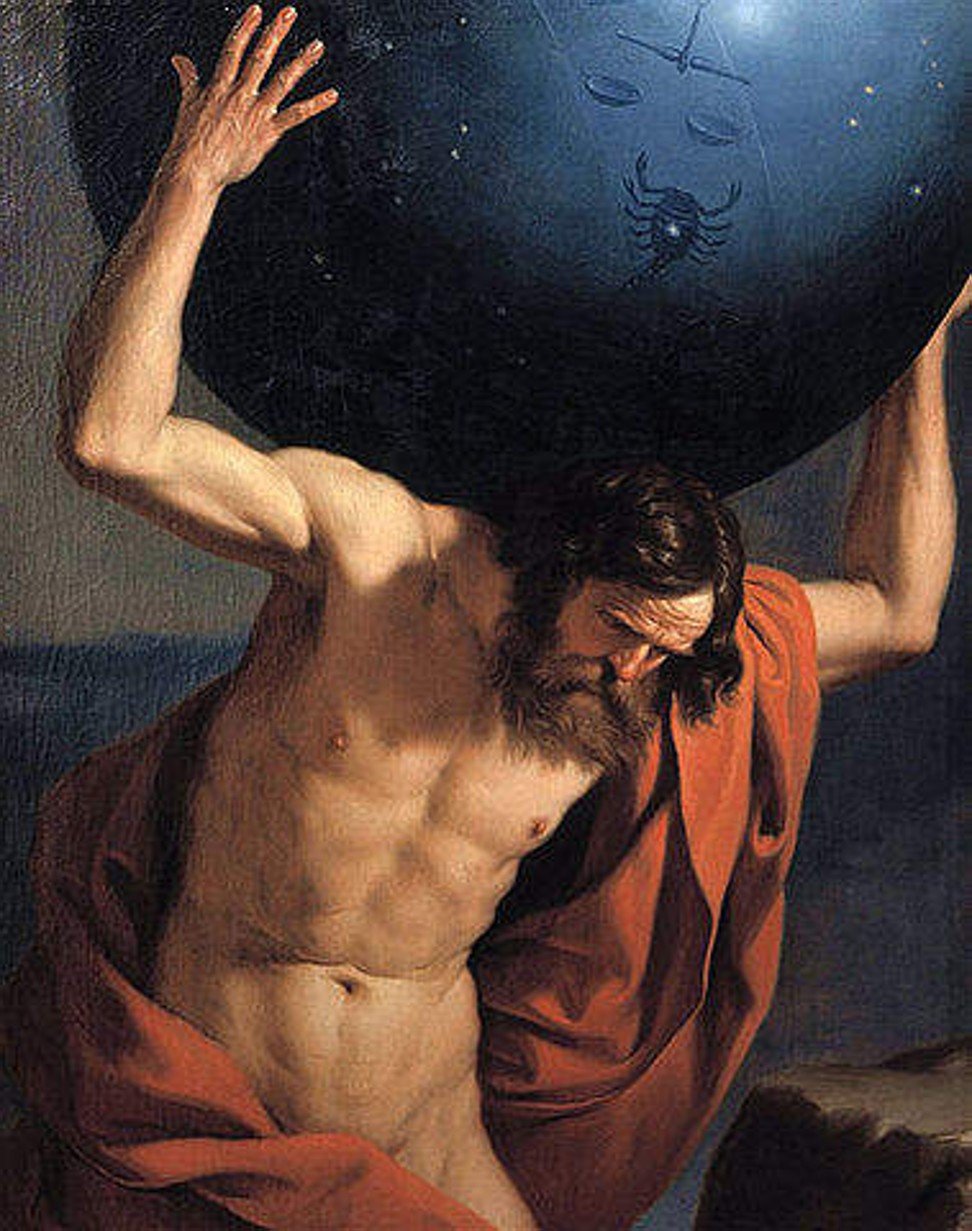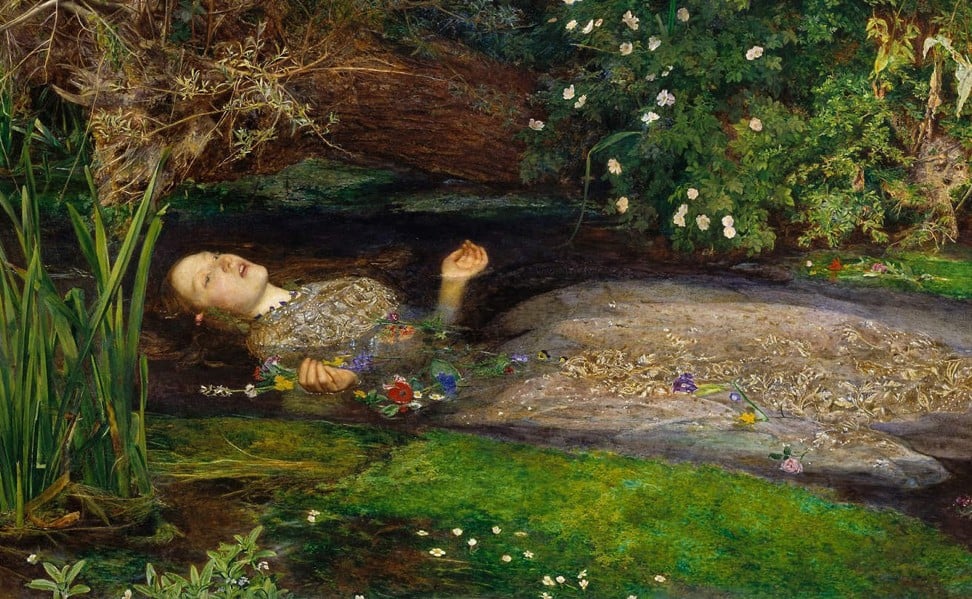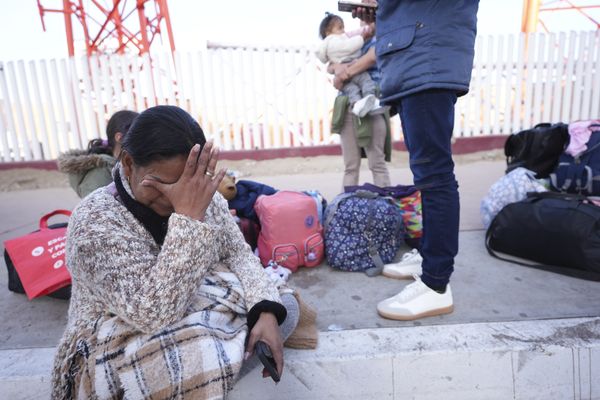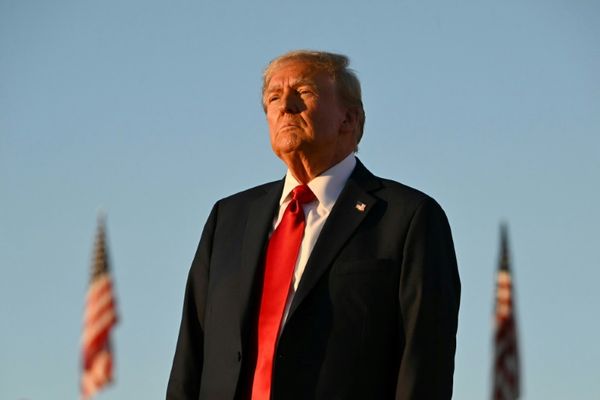
Today is more than 400 years since the Renaissance period – a time from the 14th century to the 16 century which saw a revival of European art and literature under the influence of classical models.
Milan Fashion Week: Gucci creates buzz with baby dragons, snakes, and replica heads
We may be in an age of algorithms and infinite scrolling news feeds, trapped in pursuit of novelty, but, through it all, Italian luxury brand Gucci has reminded us of the power and the timelessness embodied by Renaissance art.
Gucci’s creative director Alessandro Michele collaborated with Spanish artist and digital illustrator Ignasi Monreal on the fashion brand’s “Utopian Fantasy” spring/summer 2018 campaign.
Alessandro Michele’s head-turning Gucci show examines identity
Montreal’s unorthodox fashion campaign combined hyperrealism with surreal art, with his illustrations – including a group of Gucci girls floating above the clouds in from of St Peter’s Basilica – re-imagining famous artworks with the characters all dressed in Gucci creations.
The campaign brought the topic of art history to the forefront of the fashion internet. To revisit this time period feels refreshingly strange in a culture of impermanent imagery and fleeting consumption
EXO's Kai lights up Gucci's Resort 2019 show
Yet, perhaps we find comfort in the idea of longevity, or are simply looking to a new outlet for escapism and fantasy. Or, is it a way of rebelling against fashion’s fixation on newness and shifting trends?
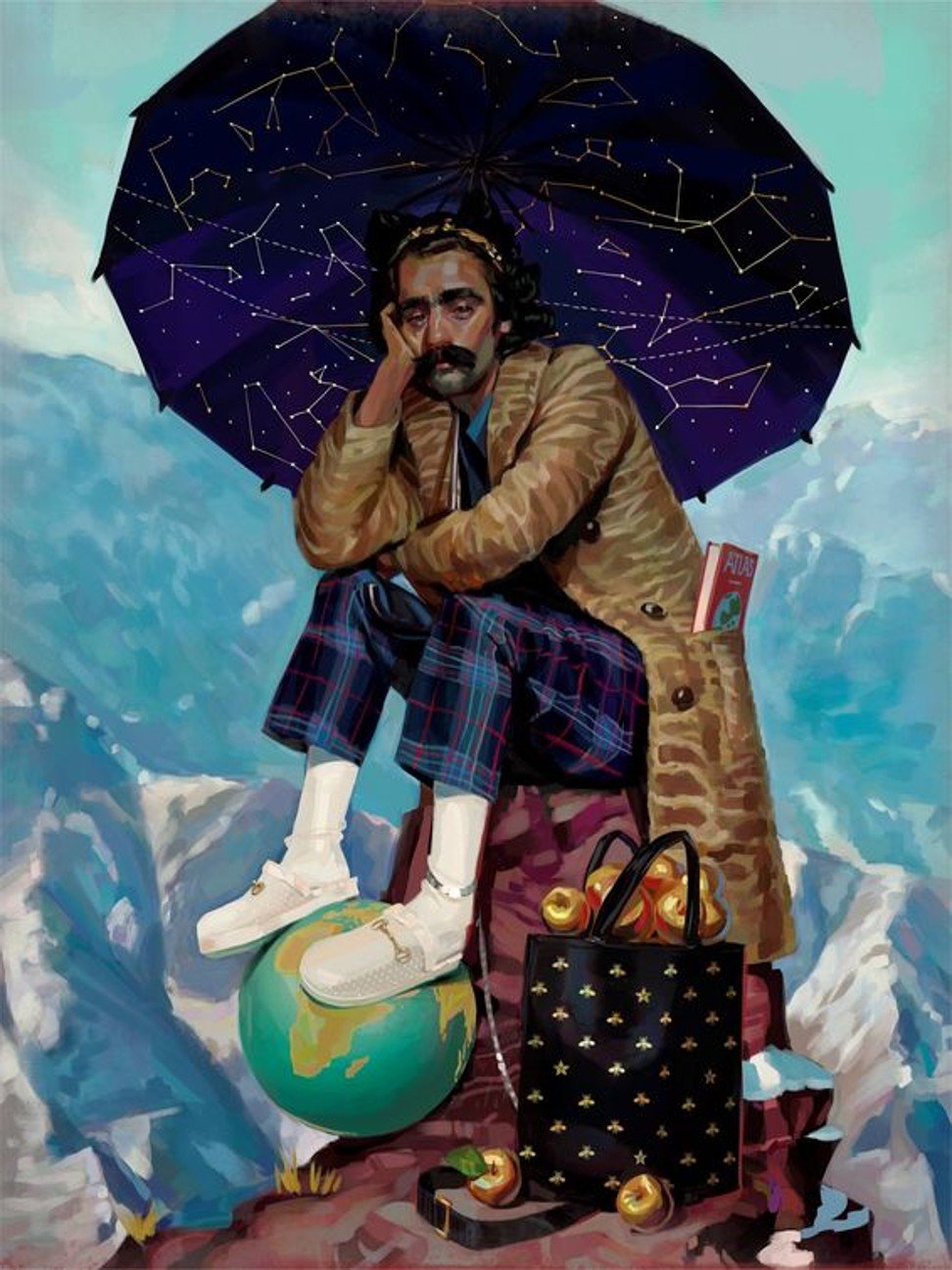
Some insight into this might be found in the word “Renaissance” itself.

Translating to “rebirth” in French, the period we often consider to be the height of art and cultural progression, was really an ode to Classical Greece at its peak a couple thousand years before.
Think of the 1990s throwback we are seeing now, but on a much bigger scale, and lasting several centuries.
With this is mind, and the rise of events such as this year’s Vatican-themed Met Gala in New York, would it be bold to say that we are tiptoeing into another rebirth of classical antiquity, or will our revived interests die as fast as any other trend?
Gucci strikes gold in China with ‘Moonlight clans’
Short lived or not, Michele and Monreal have re-imagined some of the most iconic works of the Renaissance into the Gucci universe, where their aesthetics are no longer tied to any specific time period.
Ornate embellishments and figures of fantasy portrayed by Master painters have been paired with pop culture references, and tattooed, selfie-taking youngsters.
Perhaps what is most unique about this series though, is its ability to smash together just the right amount of familiarity, newness, and parody, giving it mass appeal beyond art enthusiasts.
Featuring such iconic paintings was a deliberate choice to attract attention. Considering the speed at which we scroll through photos today, we have been conditioned to either consume or dismiss things immediately – something Monreal worked against with this campaign. When asked about what sort of references and details people could be overlooking, the artist said: “Revealing them would be missing the point.
Italian fashion house Gucci moves show to Paris in one-off homage
“These images were conceived to have a powerful first impact, but if you look closely and give it time you’ll be rewarded with hidden gems.”
As with most artworks that make an immediate impression, these have been designed with the intention for more contemplative viewing.
History and subject matter aside, fans of the campaign have been quick to notice Monreal’s unique style. His work which resembles oil painting is rendered impressively realistic, yet portrays surreal subject matter.
To achieve such a look, the artist says he uses a Wacom drawing tablet in combination with programs such as Photoshop and ProCreate, which he seems to favour over physical paint and brushes.
Gucci woos young luxury shoppers to double online sales
Monreal compared the two, and said: “It’s quite similar, but you don’t get dirty! And if you make a mistake you can always go back. “It allows you to do things that are very convenient for commercial purposes. For instance I work in every size and make sure that no matter how many reproductions, the work will never lose its original quality.”
Then there is the realistic quality to Monreal’s paintings – models’ faces are expressive but not exaggerated while their limbs hang naturally. Warm light reflects accurately off of every surface and the weight of each garment’s fabric is obvious in the way it either drapes the body or floats in the wind.
In some cases, the artist used pre-existing paintings as a reference – such as John Everett Millais’ Neoclassical painting, Ophelia – but in most others, he shot photos in-studio himself before starting.
Teens and millennials are obsessed with Gucci – we find out why they love it
“It was very important to be faithful to the clothes, after all it is advertising,” Monreal said. From there, he worked on a tight schedule, allowing only one to two days to complete each of the nearly 200 paintings.

The “Utopian Fantasy” campaign has been so well-received that some critics have gone as far as calling it museum-worthy art. In response to that, Monreal said: “Ultimately it’s not for me to decide [if it’s art] – I focus on producing.”
Either way, the project offers a new gold standard in collaboration, showing the potential of just how impactful a finished product can be if each party is truly accommodating of one other's creative liberties.
In addition to the freedom Monreal was given on the project, the artist credited Michele and the brand for its success. “Gucci has the power to make things ubiquitous and transcend them into popular culture,” he said.
In the case of this campaign and collection, that is exactly what has happened – a new aesthetic has been hurled into pop culture and embraced by it.
Want more stories like this? Sign up here. Follow STYLE on Facebook, Instagram and Twitter
This article originally appeared on HYPEBEAST.
